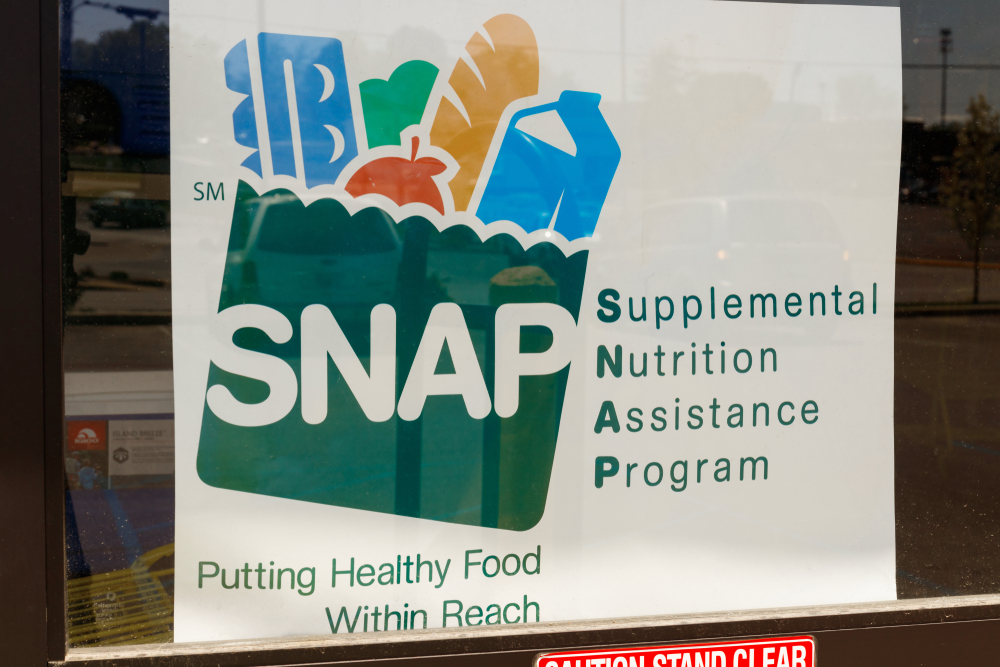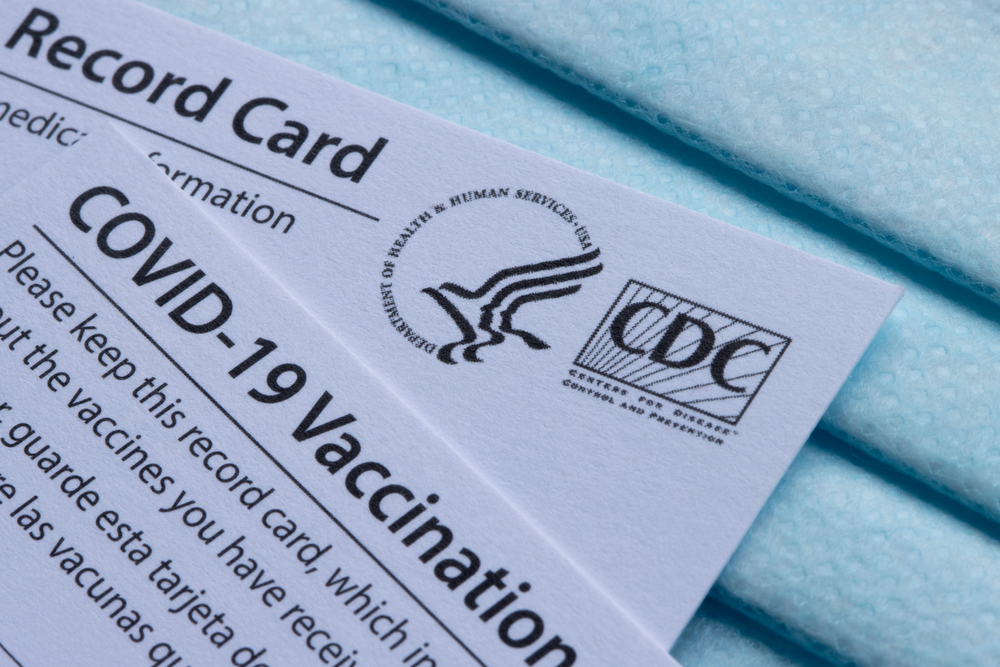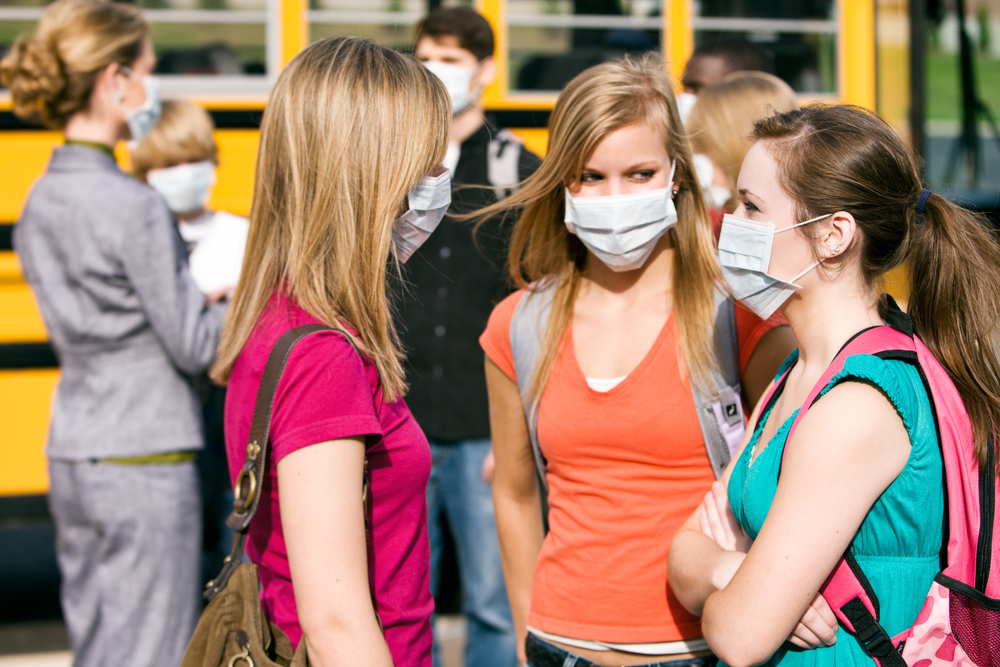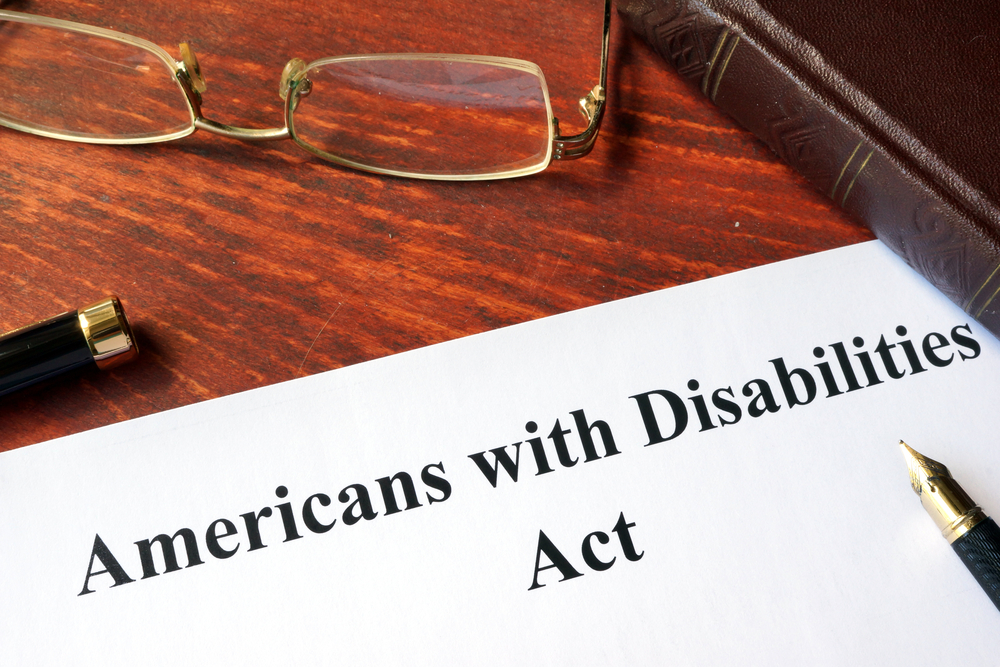Lawsuit claims government is denying neediest families extra food help
As soaring unemployment continues amid the COVID-19 pandemic and food pantries remain closed, the U.S. Department of Agriculture has limited who can receive emergency funds for food assistance, leaving out some of the most vulnerable families. Two nonprofit California-based groups representing those families are suing the USDA on their behalf.

The Western Center on Law and Poverty, along with the Impact Fund, are suing the agency over its denial of emergency funding to the poorest families in the state. The guidance from the USDA on the Families First Corona Virus Response Act of 2020 does not affect just California, however. It is a nationwide interpretation of the act passed by Congress.
The government interpretation of the act says states can bring all households up to the maximum benefit for the Supplemental Nutrition Assistance Program, SNAP, formerly known as food stamps, but families already receiving the maximum benefits will not be able to obtain the additional $60 per person per month.
RELATED: Americans hurt by COVID-19 treatments have few legal options
RELATED: Suit could affect voting in November during pandemic
In a statement, the USDA said it is illegal to provide more than the maximum amount for benefits.
“By law, SNAP households are not permitted to receive more than the maximum allotment,” the statement said.
That is not the answer advocates seek.
“Impact had determined that hunger is one of the most pressing concerns in the midst of the global COVID-19 pandemic, due to high unemployment and other social and economic disruptions,” The Impact Fund said in a statement. “Staples remain scarce in some places and food prices have gone up with shelter-in-place orders.”
Food pantries and other supplemental food sources the poorest families tend to rely on have been closed now for months, said Alexander Prieto, senior litigator for the Western Center on Law and Poverty.
A study conducted by The Hamilton Project determined that by the end of April, one in five households in the United States and two in five with children under 12 were food insecure.
In California, where the suit originated, one in four households are experiencing food insecurity.
More than 4 million Californians receive SNAP assistance through the CalFresh program. The suit contends that USDA Secretary Sonny Perdue illegally denied emergency food assistance to California’s most needy.
‘’The USDA basically told California it would only approve requests consistent with its interpretation,” Prieto said. “California made a request consistent with USDA guidance, but our clients, who are the poorest households in California and the most likely to be experiencing food shortages are denied any emergency benefits to meet those needs.”
Prieto said he does not know whether other states will join the class action suit.
A judge recently denied the lawsuit’s request for a preliminary injunction against the USDA, but the suit continues, Prieto said. He said he does not know when the case will be heard.
“The amount of emergency allotments each household receives varies depending on how much the household typically receives and the household size,” the USDA said. “By maximizing benefits across the U.S. through emergency allotments, (the) USDA increased the purchasing power of SNAP households by $2 billion a month, a 40% increase. Congress appropriated a total of $15 billion for this purpose in the CARES Act.”
There are two named plaintiffs in the California suitbut it represents all CalFresh households, which is approximately 2 million individuals in 1 million households, Pietro said.
People in the poorest households are having to choose between feeding themselves and their families or paying for other essentials, he said.
“COVID impacts hunger and the availability of food in a number of complex ways,” he said. “For one thing it has increased the price of food and it has also made it more difficult to find low cost staples on the grocery store shelves.”
The SNAP maximum monthly allotment works like this: A 5-person household with two adults, three children, and no income can receive the maximum benefit of $768.
“However, due to reportable income and other factors, the average five-person household receives less: $528,” the USDA said. “Emergency allotments supplement that benefit amount such that the household receives the maximum benefit. Therefore, emergency allotments provide the average five-person household an additional $240 monthly in SNAP benefits.”



















